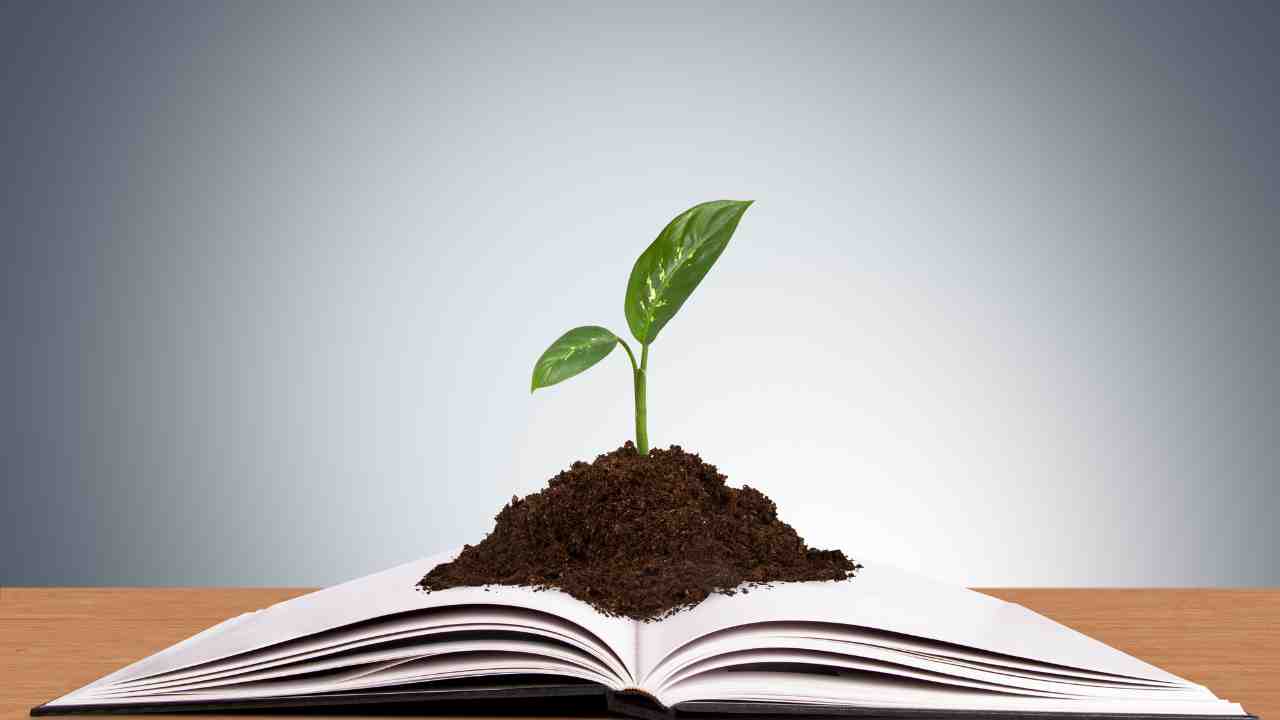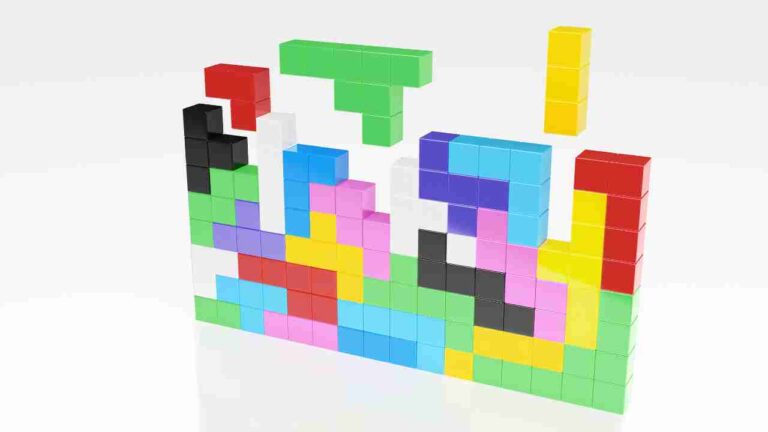Planting Outdoors: A Guide to Learning How to Grow Plants
Planting outdoors is an enjoyable and rewarding activity for gardeners of all skill levels. Whether a person is a novice or an experienced gardener, there are many benefits to growing plants outdoors, including everything from keeping the air in your home or business clean and fresh to seeing the beauty of blooming flowers and foliage in full sun.
However, knowing how to plant outdoors can be overwhelming due to the range of local climates, conditions, and available plants. This guide provides straightforward instructions on how to get started so that anyone can begin learning how to grow their plants. With expert planning and advice, even beginner gardeners can succeed in their outdoor planting ventures.
Choose a Space
Before beginning the journey of outdoor gardening, selecting a proper space for planting is essential. Consider the area’s size, shape, and climate before making a final decision. For example, growing marijuana outdoors can be done successfully in warm climates that enjoy plenty of sunshine and soils that have good drainage. Also, ensure that all materials required for planting and caring for your garden are easily accessible in your chosen spot, as this will make gardening an enjoyable activity.
Select the Right Plants
Season, geography, and climate are all crucial factors in choosing the ideal plants for growth in outdoor settings. Different plants fare better in different parts of the country, so it’s important to know what works best in each region. Drought-resistant flowers are a great choice in warmer climates as they’re designed to maintain their beauty through minimal water consumption.
Prepare the Soil
When planting outdoors, it is important to properly prepare the soil before planting. This includes removing weeds, amending the soil as needed, and tilling it deep enough to accommodate the roots of whatever will be planted. Compost or other organic matter is also added, as it helps provide nutrients for the new plants and helps with drainage. Before planting anything, test the soil’s pH level and adjust the pH level to best suit the plants.
Plant the Seeds or Transplant Seedlings
Once the soil has been prepared, it’s time to plant or transplant seedlings. For seeds, follow the directions from the supplier for depth and spacing. Planting outdoors is a great way to save money because you can buy bulk packages of seeds that are much cheaper than purchasing individual plants. When transplanting seedlings, keep them watered and ensure the roots are not damaged during the move.
Fertilize and Water Regularly
Fertilizing and watering plants are important steps in growing healthy plants. The plant will likely thrive in its environment with regular hydration and nourishment. It is important to use healthy soil and appropriate fertilizers when planting outdoors so that the root systems of the plants are supported during the growth process. Additionally, careful attention must be paid to irrigation techniques, as too much or too little water will negatively affect plants.
Outdoor gardening can be a rewarding and enjoyable activity for any gardener. Even beginner gardeners can succeed in their outdoor planting ventures with thoughtful planning, the correct selection of plants, and proper soil preparation. Understanding local climates, conditions, and available plants are essential to successful outdoor gardening, as is implementing regular fertilization and irrigation techniques. With patience and proper preparation, any gardener can enjoy a beautiful outdoor garden that will bring years of joy.







